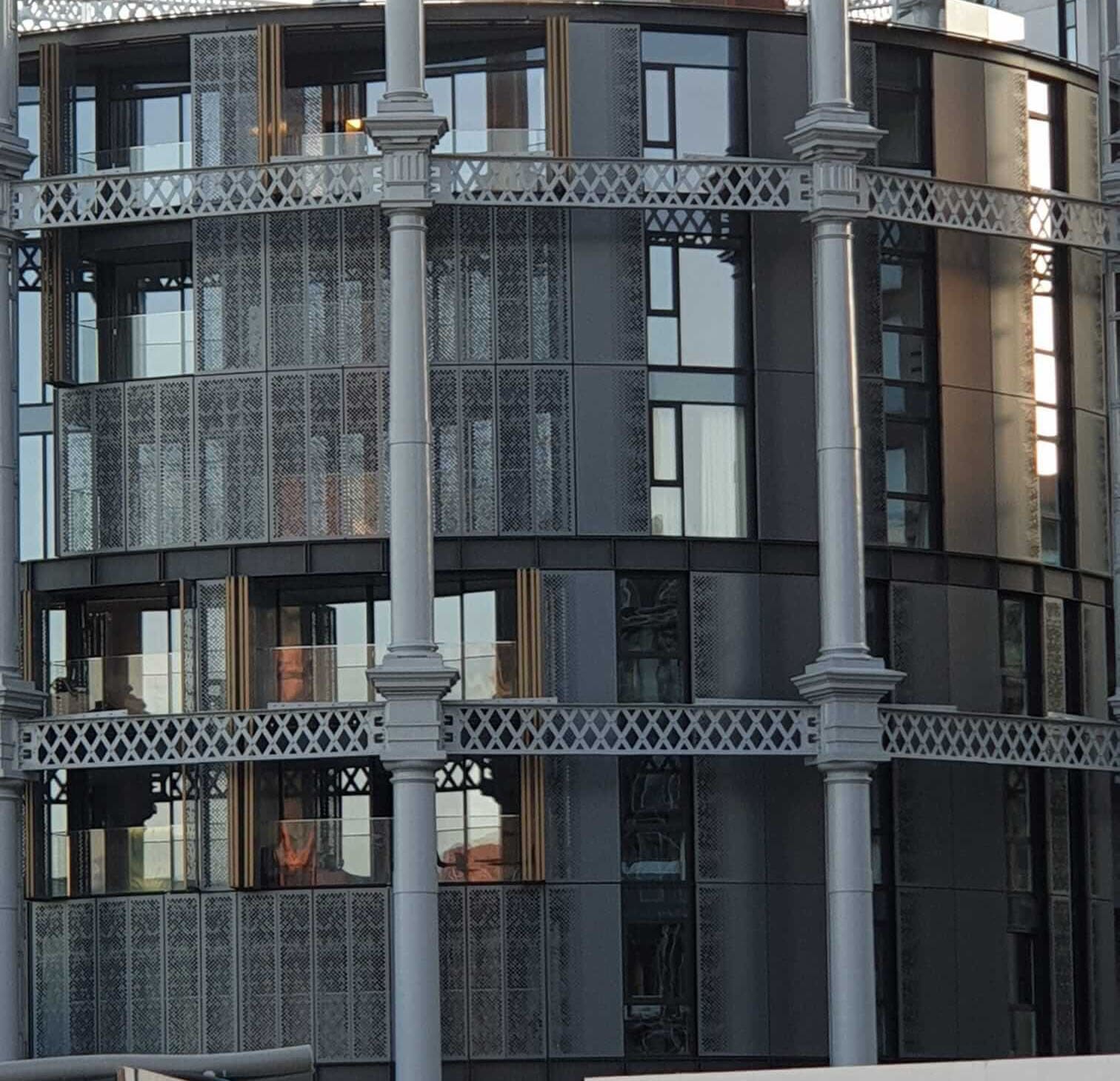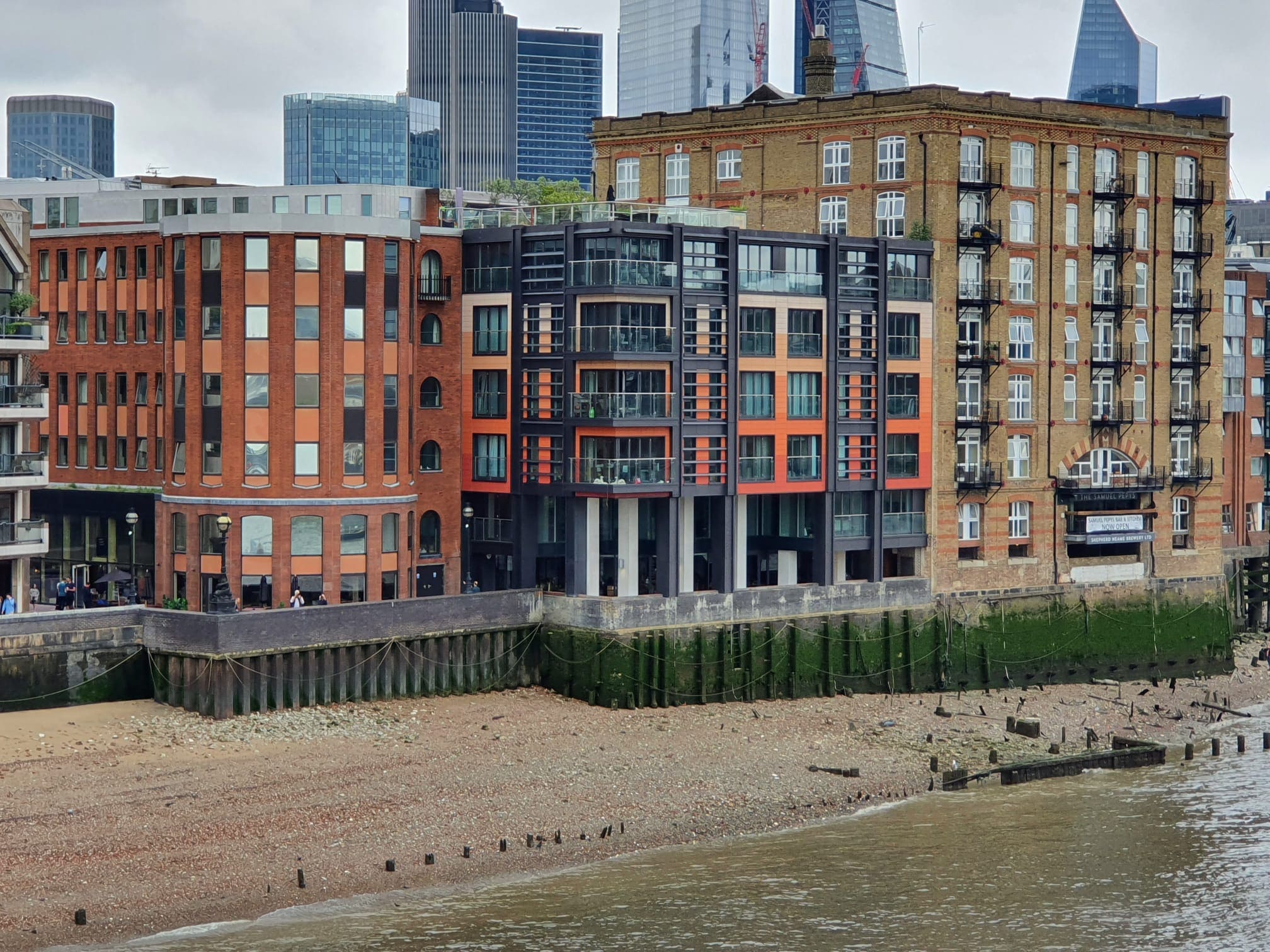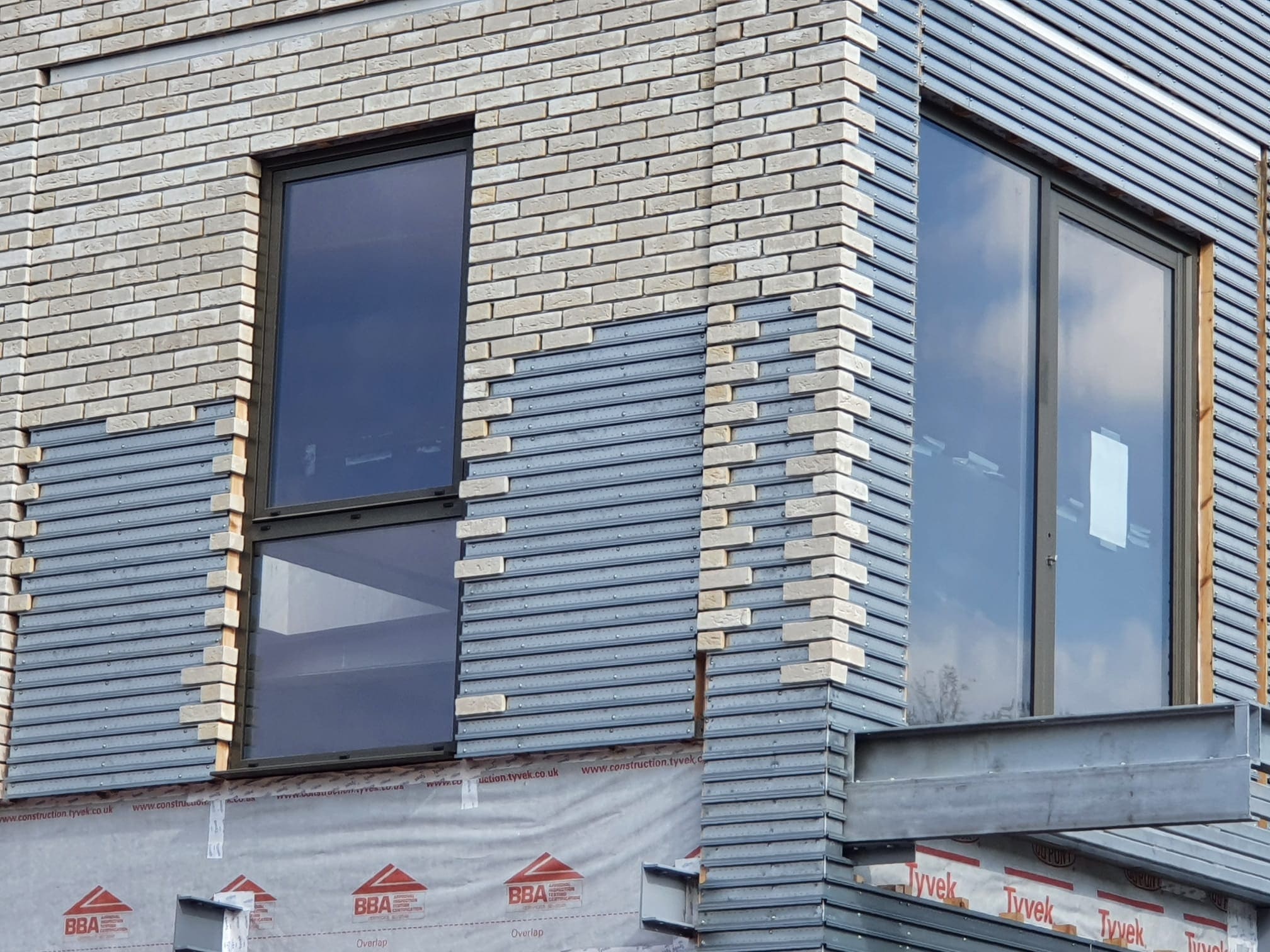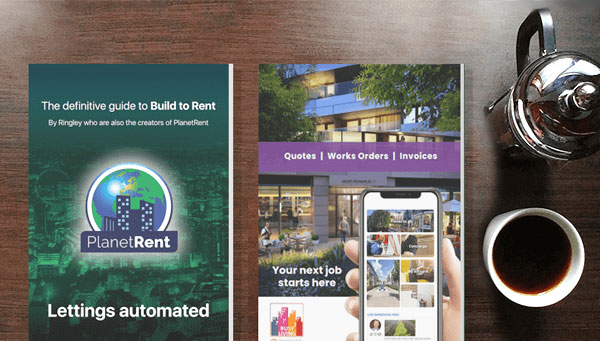04/03/2020
by: Mary-Anne Bowring

Cladding: what new advice mean for sellers
You may not have realised that the Grenfell Tower fire could affect you,
but if you own a flat of any height with any type of cladding, or none at all, it probably will. New safety advice on external walls means that the owners of the three million privately owned flats in England could face months of “cladmin” before being able to sell or remortgage. Since government advice was extended to blocks of all heights last month, buyers have been pulling out of sales in low-rise blocks, as well as high-rises.
Chad Cribbins, 44, who runs a travel business, and his wife, Niyati, this month lost a buyer for their flat. Two banks refused to provide the buyer with a mortgage because the flat, in an east London block — which is less than 18m tall, so before the advice was changed it would not have applied — does not have a full fire-risk certificate. Their neighbours were able to sell last year. Niyati, an occupational therapist, bought the two-bedroom flat 14 years ago. The couple’s children are eight, five and three, and the flat no longer suits them. What fire report do you need? Last month the government issued new advice in response to the Grenfell fire in 2017. Building owners must ensure that blocks of any height are safe. Mortgage lenders require a report, for which fire engineers cut holes in the building to check wall systems. Fewer than 500 engineers have the indemnity insurance for this. Cladding and insulation samples are tested to check they match the building’s design.
If any are combustible the system is deemed safe if a three-storey replica wall passes a fire test. The wait for a test can be eight months to a year, says Nigel Glen of the Association of Residential Managing Agents. The cost, typically £10,000 to £45,000, is split between all flat owners in the block. The Royal Institution of Chartered Surveyors, the Building Societies Association and UK Finance have launched an external wall system form (EWS1), valid for five years. Where do you get the report? Flat owners can’t commission it because they don’t own the building and can’t give permission for holes to be cut. Ask your building’s managing agent for the EWS1 and the latest fire-risk assessment, says Martin Boyd of the campaign group Leasehold Knowledge Partnership. “There is no legal obligation to provide this report but, if your agent declines, consider asking your MP to intervene. It is absolutely essential that leaseholders work together in cladding blocks.”
Suggested Solution
Don’t wait until you need to remortgage or sell your flat. Ensure that your building’s freeholder or agent has found a surveyor to sign your EWS1, says Mary-Anne Bowring of the Ringley Group, which manages 10,000 flats. What if walls are found unsafe? The new guidance affects buildings with any flammable cladding or insulation, not only the type that was on Grenfell Tower. Building owners must check that fire breaks are correctly fitted inside walls. In 98 per cent of cases where surveyors have removed cladding to inspect this they have found defects, Glen says. Who pays for remediation? Under leasehold law, flat owners are liable. Can they force the building owner to pay? “No,” says Sue Bright, a land law professor at the University of Oxford. The typical bill is from £20,000 a flat. The government has a £200 million fund to fix private flats with aluminium composite material (ACM), like that on Grenfell Tower; 93 blocks qualify.
It does not cover other materials, such as timber. Developers or freeholders are paying at another 77 ACM blocks. If your development was completed less than ten years ago you may be able to claim under the new-home warranty. Get your council’s support and work with campaigners such as UK Cladding Action Group and Northern Cladiators. What can you do to get a mortgage? If you are affected and want a cheaper mortgage, try to get a “product transfer” for the same amount with your lender, without a valuer having to visit your flat.
To borrow more to pay for new cladding, ask your lender for an advance. “They may need reminding that having their security as a known fire risk should be a priority,” says Nick Morrey of John Charcol, a mortgage broker. If you’re selling, tell your buyer who your lender is. “As the property is already security for that lender, there is a chance they would allow a new purchaser to take it over,” Morrey says. Failing that, a cash buyer is the only option.
 1182
1182






Keep up to date
(Weekly, fortnightly or monthly)
To find out more what we do with your data, please read our Privacy Policy

 0
0











